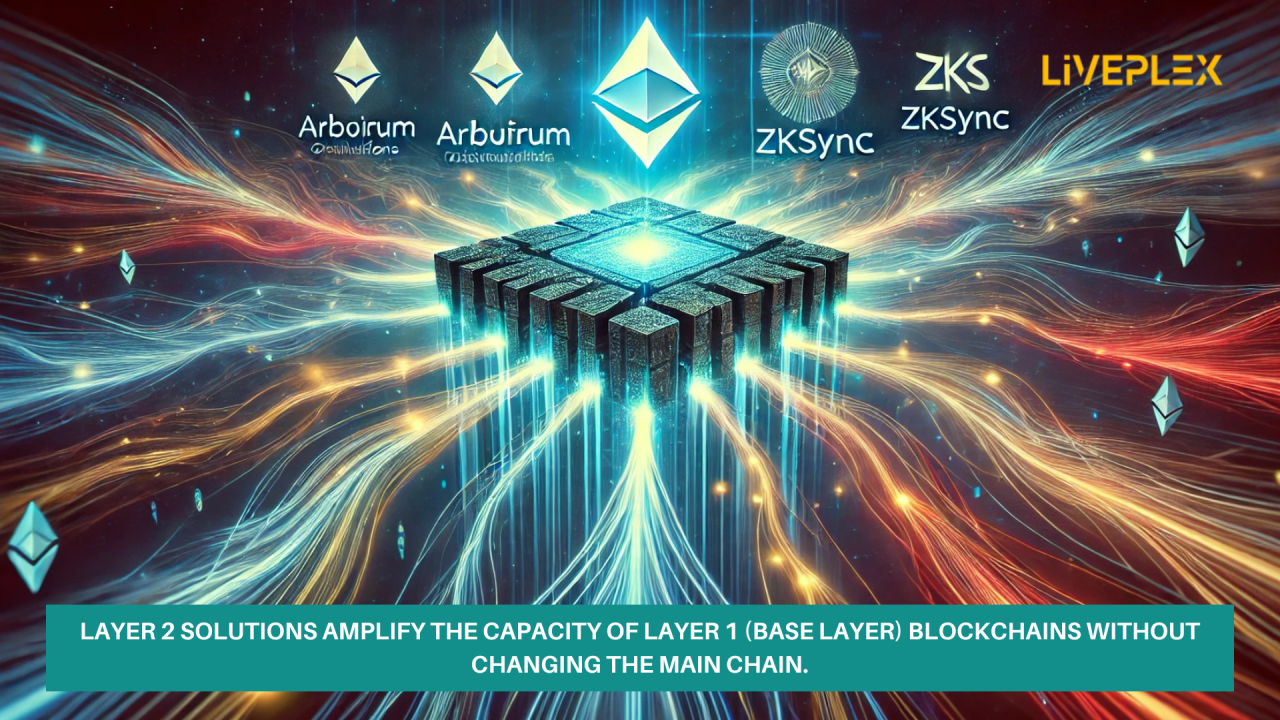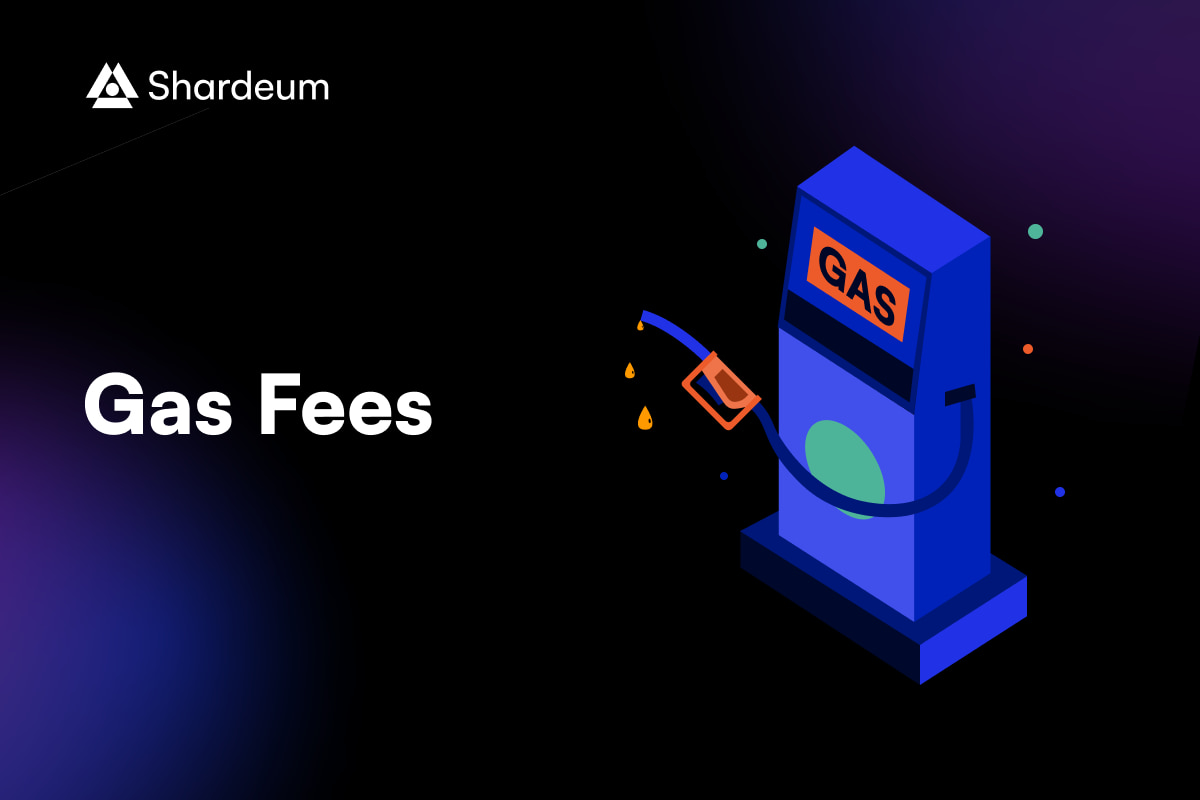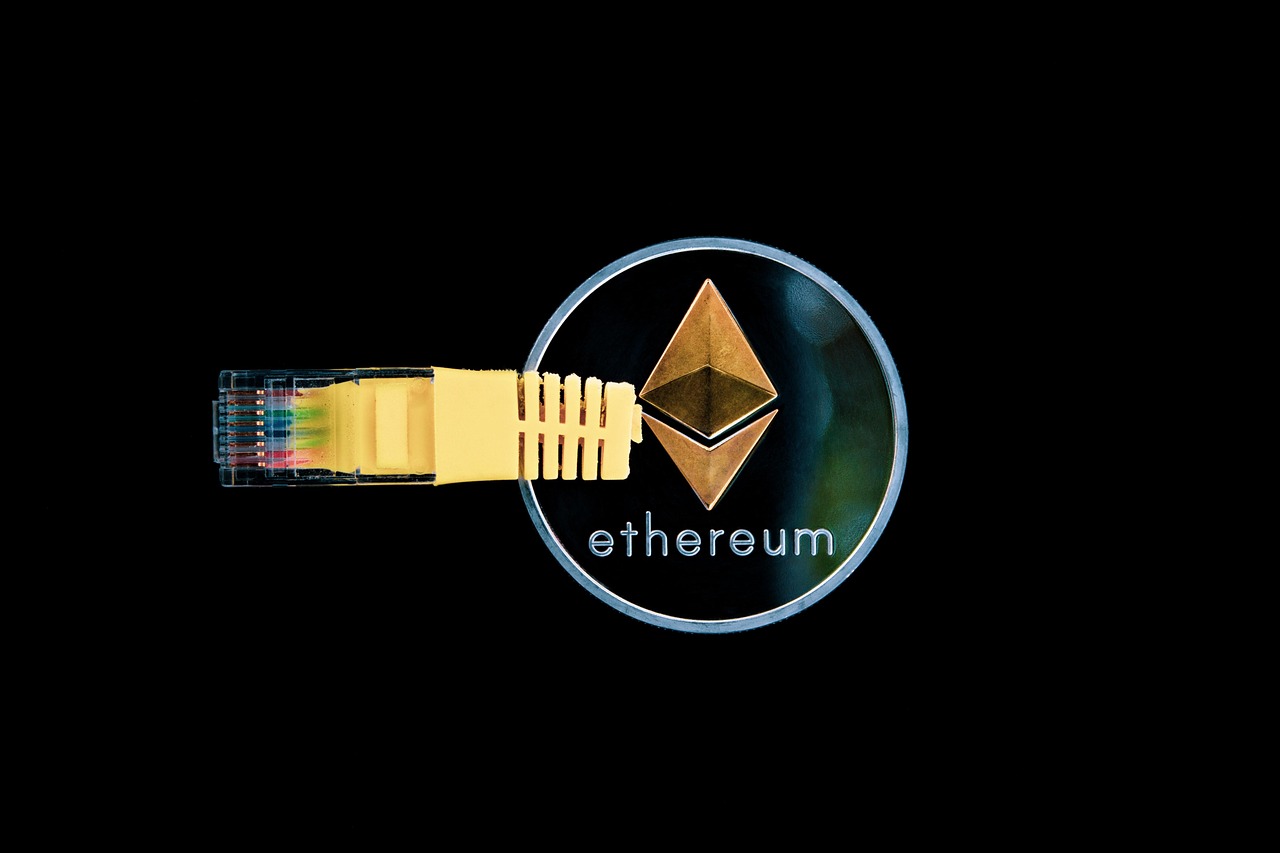Crypto Crisis Chronicles: 7 Wallet-Burning Tales of Staggering Gas Fees
The world of cryptocurrencies is a complex and often misunderstood realm, filled with its own unique challenges and opportunities. One of the most significant issues that crypto users face today is the issue of gas fees. Gas fees are essentially transaction fees that users have to pay in order to process their transactions on the blockchain. These fees can vary greatly, depending on the congestion of the network and the complexity of the transaction. In this article, we will chronicle 7 staggering tales of gas fees, shedding light on the intricacies of this crypto crisis and how it impacts the ecosystem at large.
1. The Ethereum Exodus

Our first tale revolves around Ethereum, the second-largest cryptocurrency by market cap. As Ethereum's popularity grew, so did the network congestion, leading to skyrocketing gas fees. In May 2021, the average Ethereum gas fee reached an all-time high of $69.92, causing many users and developers to seek more affordable alternatives. This mass exodus highlighted the scalability issues of Ethereum and underscored the need for more efficient blockchain solutions.
2. The NFT Boom and Bust

Next, we delve into the world of Non-Fungible Tokens (NFTs). The NFT boom in early 2021 led to a surge in Ethereum gas fees, due to the high demand for NFT minting and trading. However, the bubble soon burst, and many NFT investors were left with worthless tokens and hefty gas fees. This tale serves as a cautionary reminder of the risks and costs associated with speculative crypto trends.
3. The DeFi Dilemma

Decentralized Finance (DeFi) has been hailed as the future of finance, but it too has been plagued by high gas fees. Many DeFi protocols operate on the Ethereum network, which means they are subject to its high transaction costs. These exorbitant fees have deterred many potential users, hindering the growth and adoption of DeFi. The DeFi dilemma underscores the need for more affordable and scalable blockchain solutions.
4. The Rise of Layer-2 Solutions

In response to the gas fee crisis, developers have created Layer-2 solutions, such as Polygon and Optimism. These platforms aim to reduce gas fees by processing transactions off the main Ethereum network. While Layer-2 solutions have shown promise, they are not without their own challenges, including security risks and interoperability issues. This tale highlights the ongoing innovation and experimentation in the crypto space.
5. The Bitcoin Block Size Debate

Our sixth tale takes us back to the early days of Bitcoin, where a heated debate over block size led to a hard fork and the creation of Bitcoin Cash. The block size debate was essentially a disagreement over how to scale the Bitcoin network and reduce transaction fees. This tale illustrates the complexities of blockchain governance and the potential consequences of disagreements within the crypto community.
6. The Future of Gas Fees

Finally, we look to the future of gas fees. With Ethereum 2.0 on the horizon and continued development of Layer-2 solutions, there is hope for lower gas fees in the future. However, as the crypto space continues to evolve, new challenges and crises are likely to emerge. This tale reminds us of the dynamic and unpredictable nature of the crypto world.
7. The Lessons from the Crypto Crisis Chronicles

The 7 tales of gas fees reveal the complexities and challenges of the crypto world. They highlight the need for scalable, efficient, and affordable blockchain solutions, and underscore the importance of careful investment and risk management in the volatile crypto market. As we continue to navigate the crypto crisis, these tales serve as valuable lessons and reminders of the risks and rewards of this pioneering technology.







